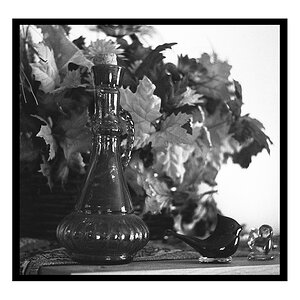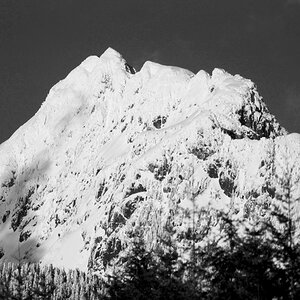JesseTustin
TPF Noob!
- Joined
- May 8, 2017
- Messages
- 4
- Reaction score
- 0
- Can others edit my Photos
- Photos OK to edit
I recently entered the world of photography, armed with a Canon AE-1 Program that was handed down by my father, and two lenses (a 28-205mm f/3.5-5.6 macro focus lens, and a 135mm f/2.8 prime lens). I absolutely love shooting film and am looking forward to an opportunity to invest in some equipment.
The problem is, I don't know where to start.
I have several ideas as to where I should focus my efforts first. I'd love to get into medium format, but the equipment to start is as expensive as a new, entry-level DSLR. Also, I'd still be stuck spending $20 per roll for developing my black-and-white film by mail (although they do a fantastic job). I could invest in a new lens or two (a nifty-fifty lens comes to mind) and maybe still be able to get developing equipment and chemicals, but then I'd be left with negatives I can't scan reliably. I also could invest in a scanner for my negatives; then, I'd have to pay considerably less to get good quality scans from my films.
Where's the best place to start?
Thanks. Have a great day!
The problem is, I don't know where to start.
I have several ideas as to where I should focus my efforts first. I'd love to get into medium format, but the equipment to start is as expensive as a new, entry-level DSLR. Also, I'd still be stuck spending $20 per roll for developing my black-and-white film by mail (although they do a fantastic job). I could invest in a new lens or two (a nifty-fifty lens comes to mind) and maybe still be able to get developing equipment and chemicals, but then I'd be left with negatives I can't scan reliably. I also could invest in a scanner for my negatives; then, I'd have to pay considerably less to get good quality scans from my films.
Where's the best place to start?
Thanks. Have a great day!


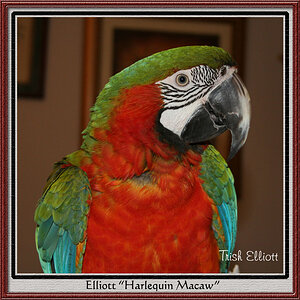
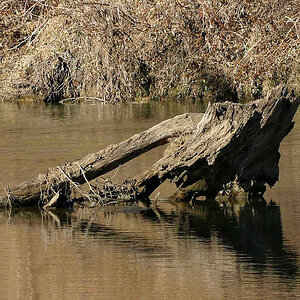
![[No title]](/data/xfmg/thumbnail/32/32637-865ab9beec7e00237b64e4fcb8fe947f.jpg?1619735555)
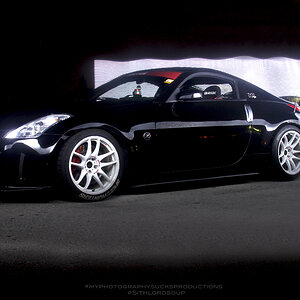
![[No title]](/data/xfmg/thumbnail/32/32930-09414fc020c2a60a456ff59a05c5ef8f.jpg?1619735759)
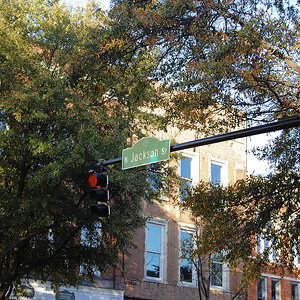
![[No title]](/data/xfmg/thumbnail/42/42256-dce29145f58094ceabbe05c0c8cef7fc.jpg?1619740065)

